How the Wicked Costume Designer Brought the Musical to Life on Screen
Those looks are *magical.*
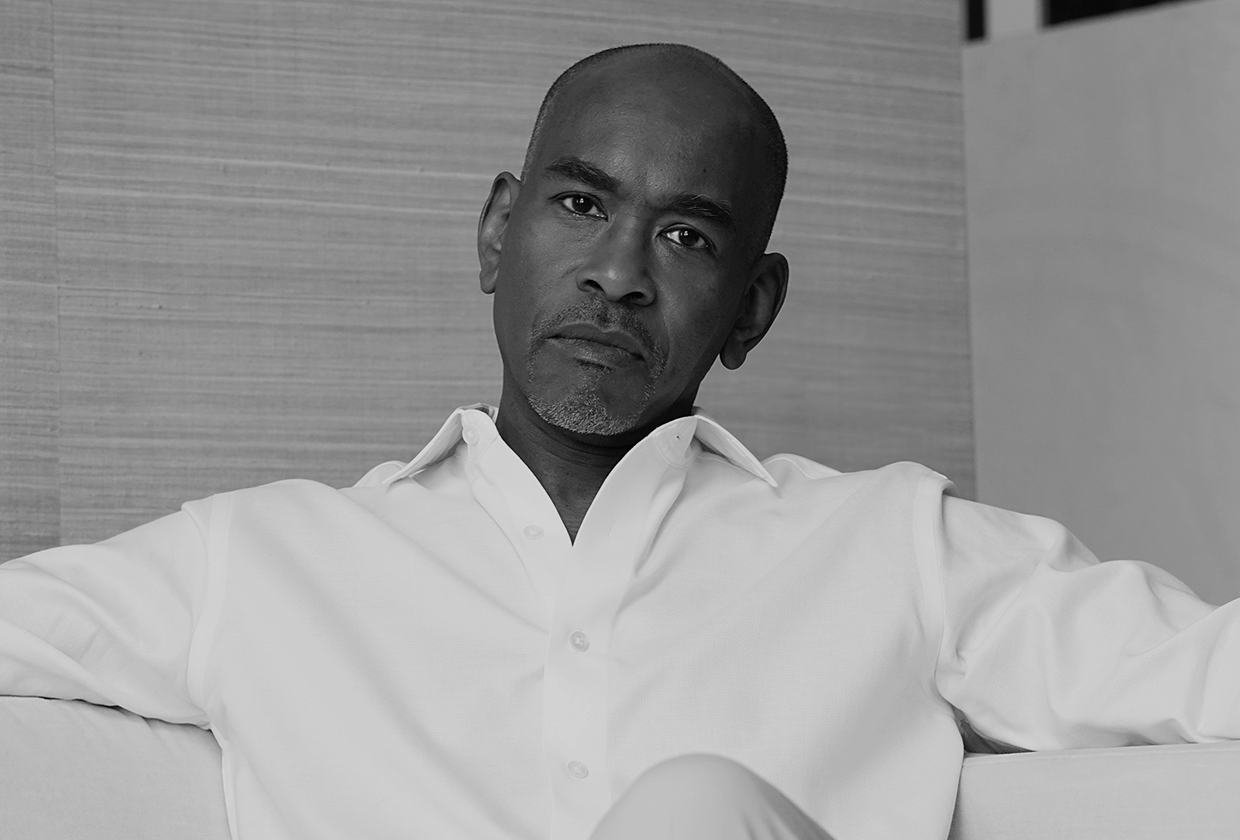
Welcome to The Who What Wear Podcast. Think of it as your direct line to the designers, stylists, beauty experts, editors, and tastemakers who are shaping the fashion-and-beauty world. Subscribe to The Who What Wear Podcast on Apple Podcasts and Spotify.
Bringing the beloved musical Wicked to life on-screen was no small feat, however, legendary costume designer Paul Tazewell was up for the task. Prior to building out the fashionable world of Wicked for its film adaptation, the Academy Award nominee designed the costumes for Broadway productions like In the Heights, Hamilton, and The Color Purple—just to name a few.
On the latest episode of The Who What Wear Podcast, Tazewell sits down with Who What Wear's entertainment director, Jessica Baker, to share how he was approached for Wicked, where he drew inspiration for the costumes and more. For excerpts from their conversation, scroll below.
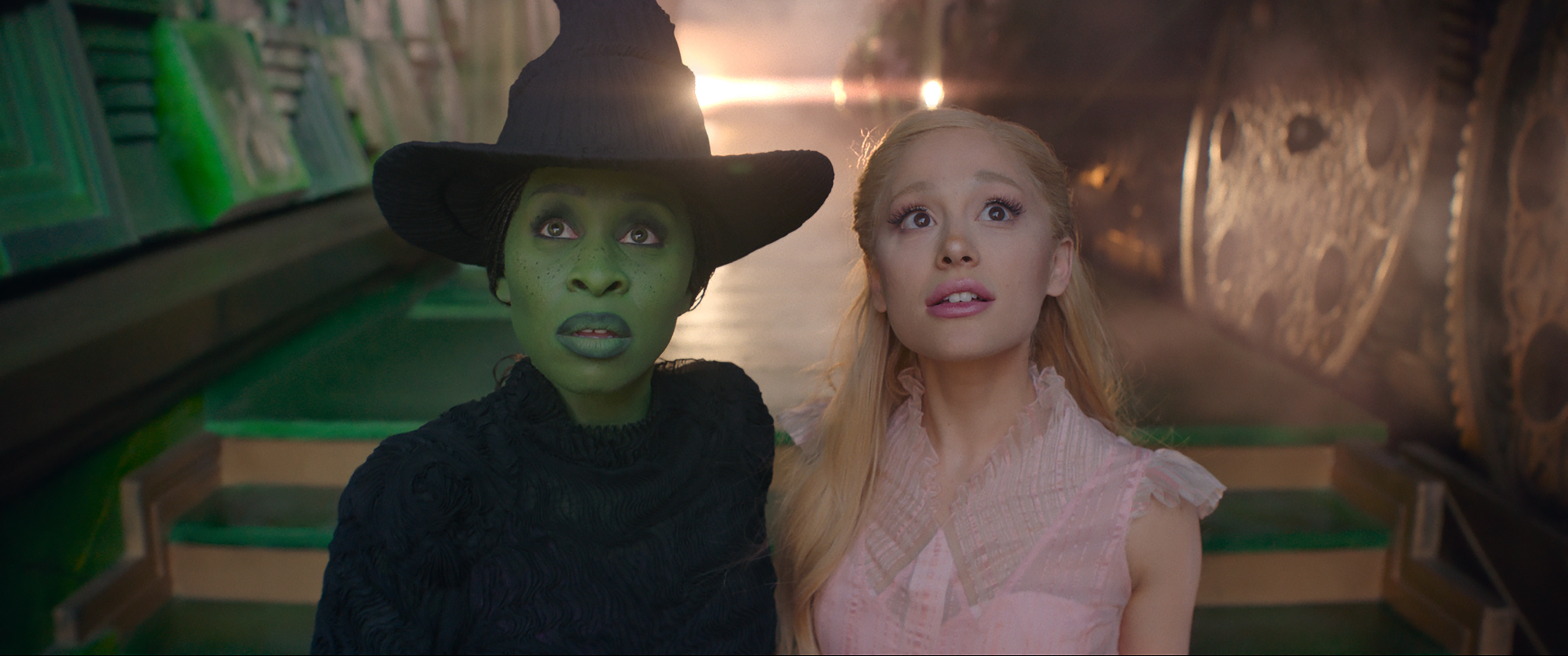
I'd love to hear how you were approached for Wicked and what your initial reaction was. Was there anything you were especially excited or even nervous about tackling?
All of that. Lots of feels. I was beside myself when Jon [M. Chu] engaged with me. He asked to have a meeting and we must have been Zooming at that point. We had a conversation and he told me that he was interested in the possibility of me designing Wicked. I put together a presentation that was reflective of how I saw the world of Wicked and took him through that in Zoom. We had standing connections that were distant and didn't connect to Wicked at all.
We're both Princess Grace fellows. We share that. We had met at an event maybe a couple of years earlier than when he called me. I also designed the original In the Heights on Broadway, and because Jon was the director of the film, he became close friends with Lin Manuel Miranda. So there was that connection and I think my notoriety that occurred with Hamilton and my friendship with Lin, there's just this web of interconnections. They asked me if I would be interested in designing. I also am close friends with the original Broadway designer, so it was imperative not to step on her toes as I was reimagining what that world was. So all of that was in there designing Wicked, and it was a delight from beginning to end.
How do you approach something with this much IP and lore to draw from? Where does homage end and newness begin for you?
I investigated all of that. I went back to the original book by [L. Frank] Baum. I looked at the original illustrations and what was the visual that corresponded to that story. The Wizard of Oz film from the 1930s starring Judy Garland. It's always been a part of my life and a visual reference for me in telling stories and creating costumes. Then with Wicked, as you said, the Broadway musical and that fan base. I've seen Wicked multiple times. I think that I tap into how I personally feel about each of those individual storytellings, but then how I relate to that viscerally. I put all of that into a proverbial pod, and then I pick and choose what resonates in the strongest way for me.
What is our Glinda image when we first see her? The icon for me, for Glinda, is the 1930s film and I think that because Gregory McGuire's novel relates so directly to those characters and how we're managing the image of the Wicked Witch of the West. I thought that it was important to acknowledge that film and some of our iconic imagery, and I just wanted to make sure that we were always delighted by the different icons that we were creating.
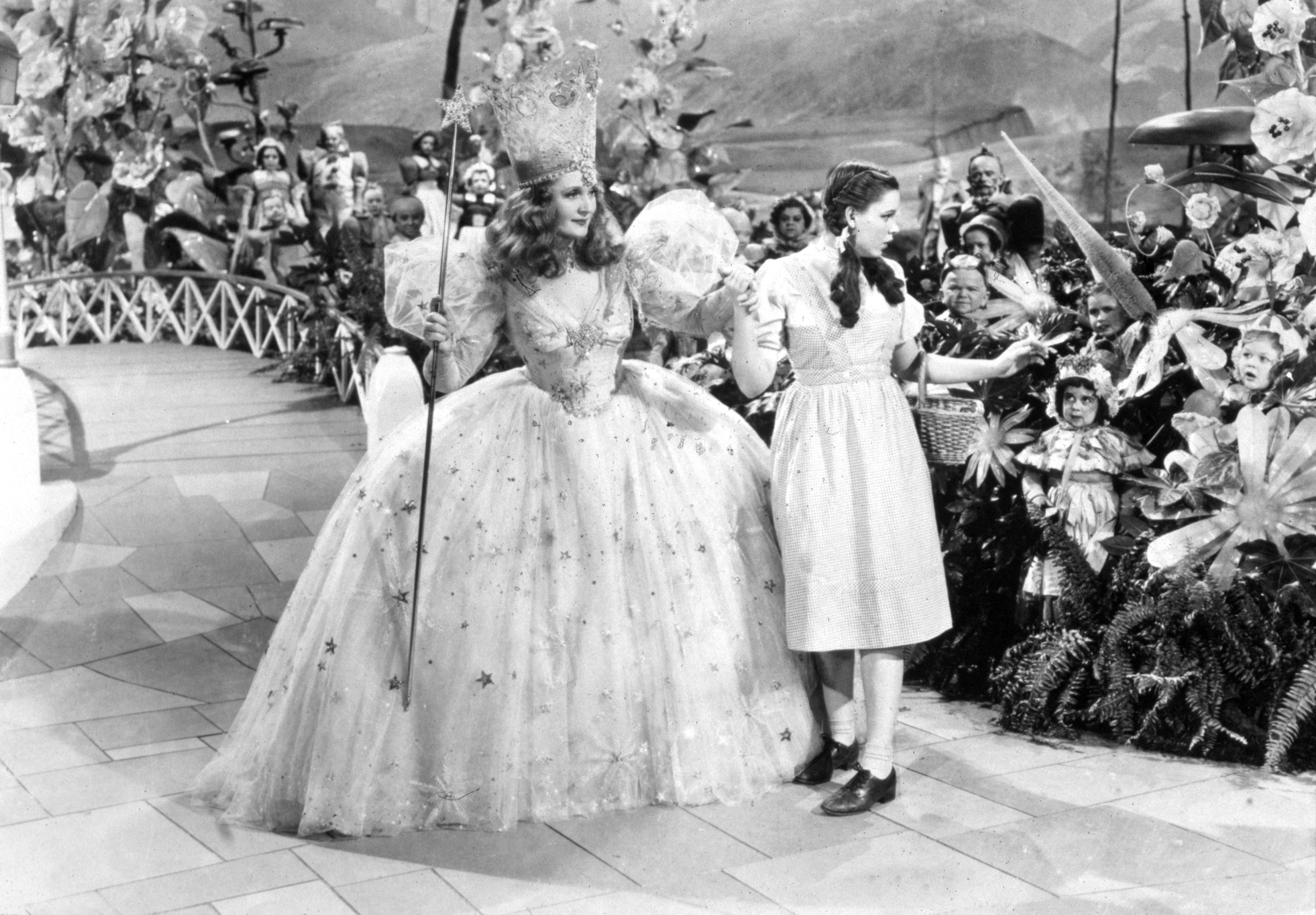
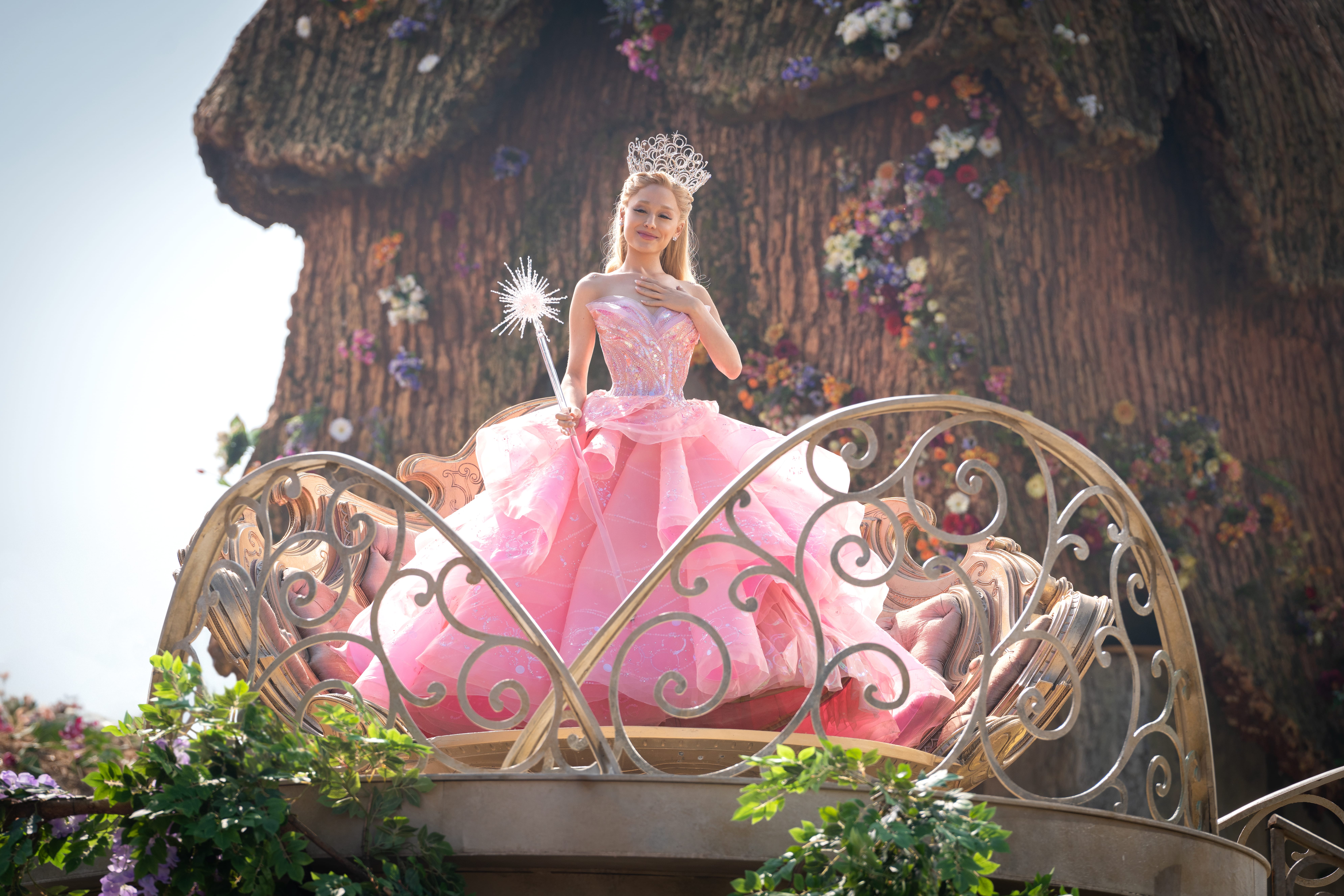
For anyone who hasn't seen it yet or is going to see it for a second time, are there any smaller costuming details that are close to your heart, but maybe wouldn't be caught upon first viewing? Anything we should look out for?
Oh gosh, it is strewn throughout. I love detail. I love pulling out detail—whether it's in a period piece film theater piece, or this fantasy piece. There was so much that we were able to create. There's an origami on the Wizard. There's an origami pattern that is part of his ascot and you kind of get swept into the swirl of the shape of his ascot, and then that is reflected in the buttons and the belt buckles. The flying monkeys' gold emblem as well. You see that same origami swirl that creates that medallion, and then the Oz is emblazoned on top of that. Figuring that out was really exciting.
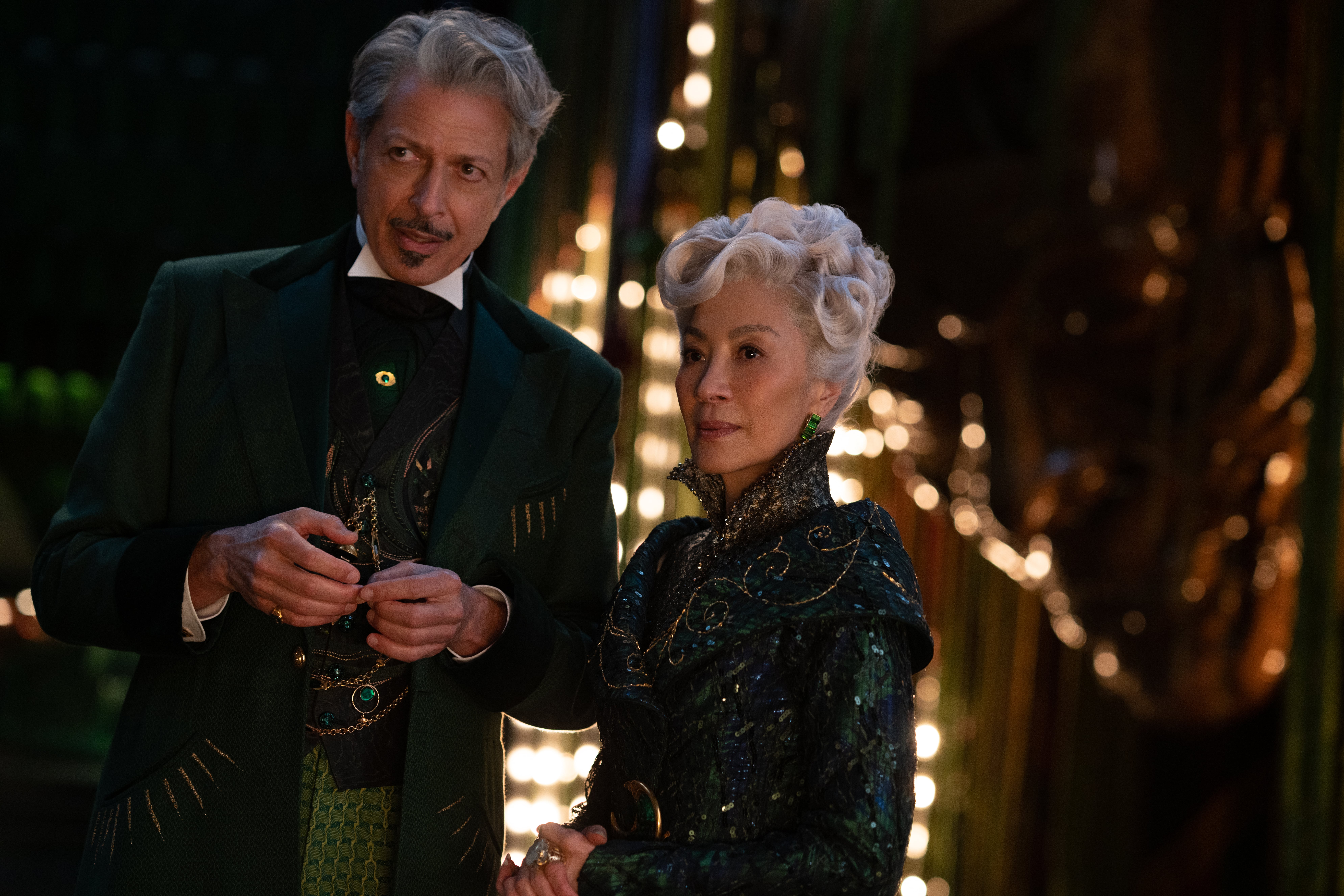
Glinda and all of her monograms… that was really exciting to put together… Shiz and the perfect "S" that would represent the Shiz School… just on and on and on. All the symbols. The magical symbols that we have embroidered into Madame Morrible and how that then translates into swirls on her dresses in Emerald City… The world of Wicked provides such an expansive canvas to be able to create this magical world. It was a huge delight to put together.
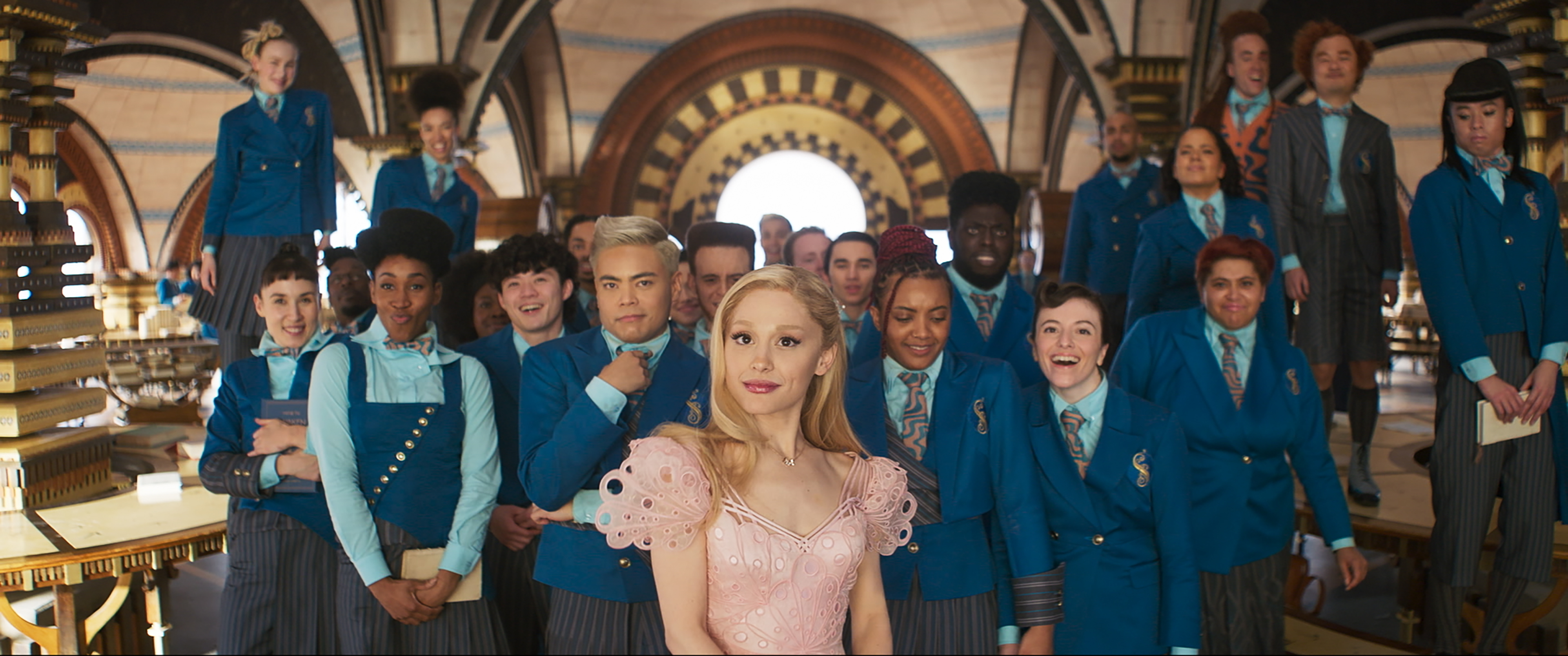
This interview has been edited and condensed for clarity.